
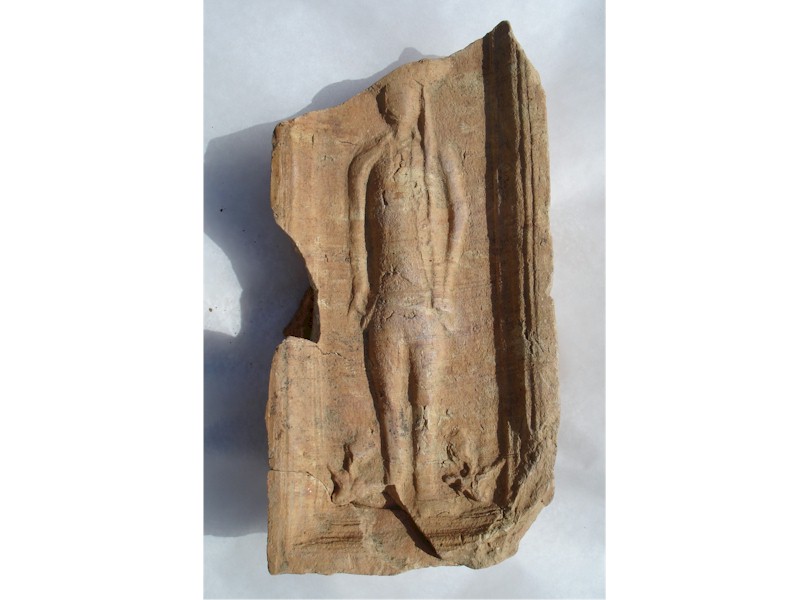
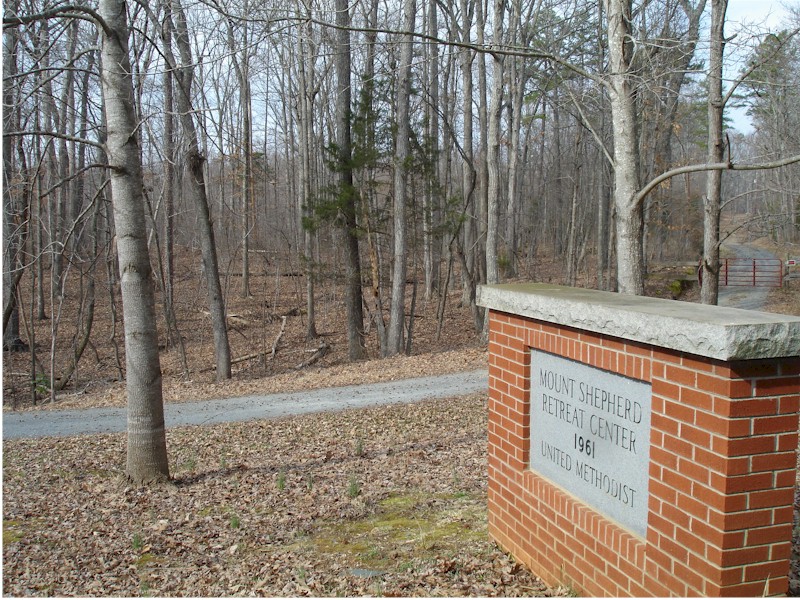
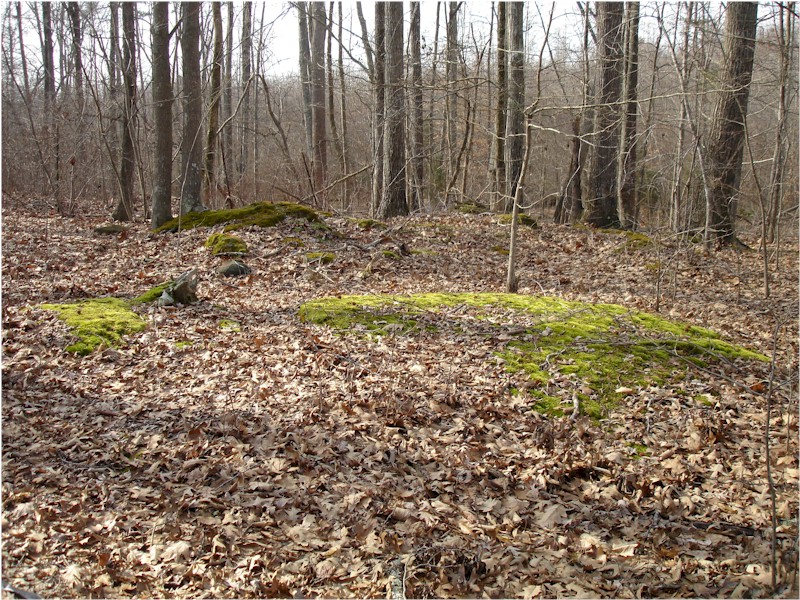
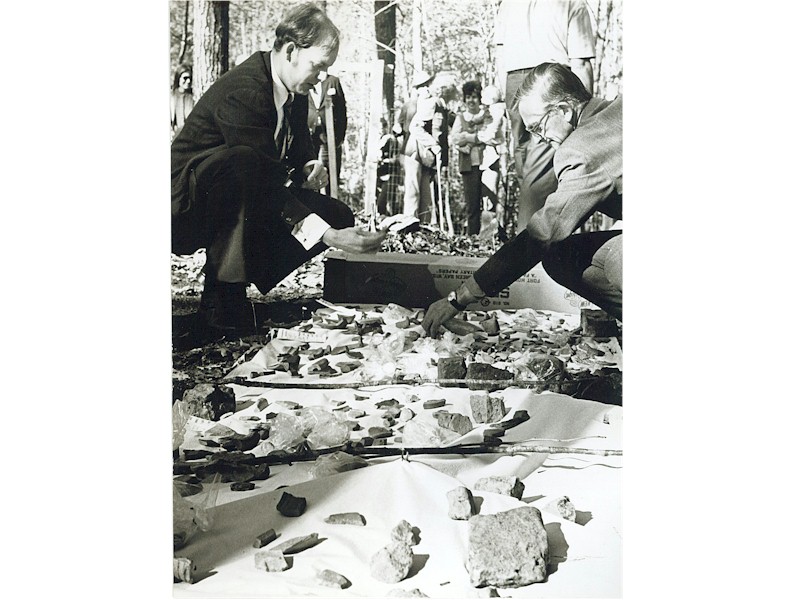
Brad Rauschenberg, left and James H. Kelly.
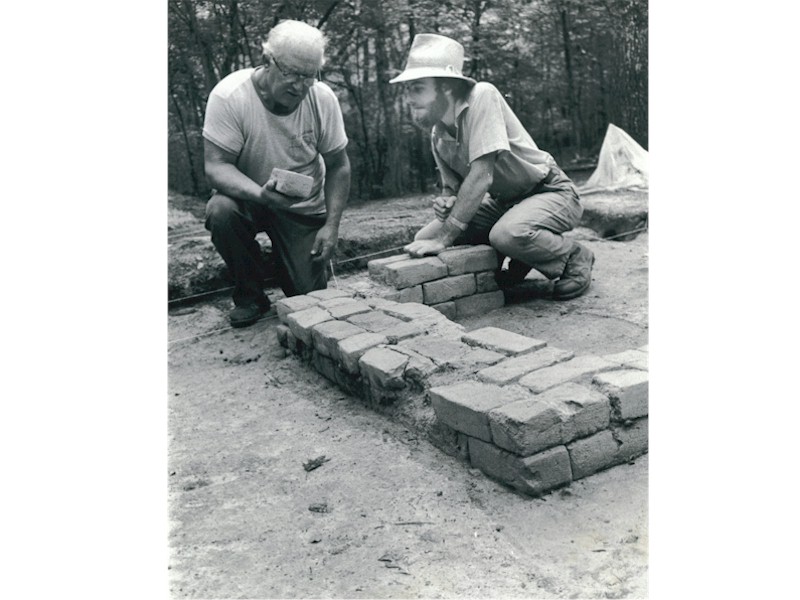
Dr. McClark, coordinator of summer archaeology school from St. Andrew College (Laurinburg, N.C.) (left) and Alain C. Outlaw, site supervisor.
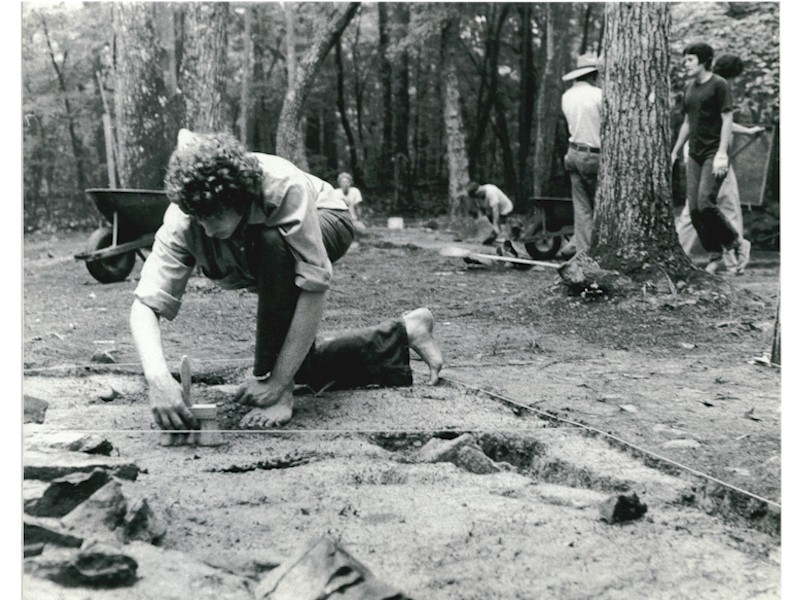
Joe Williamson, student of summer archaeology school from St. Andrew College (Laurinburg, N.C.).
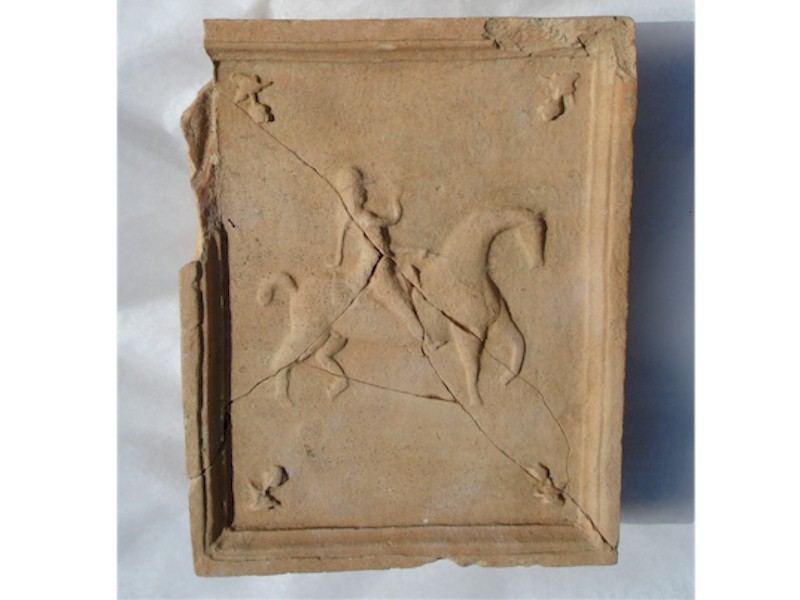
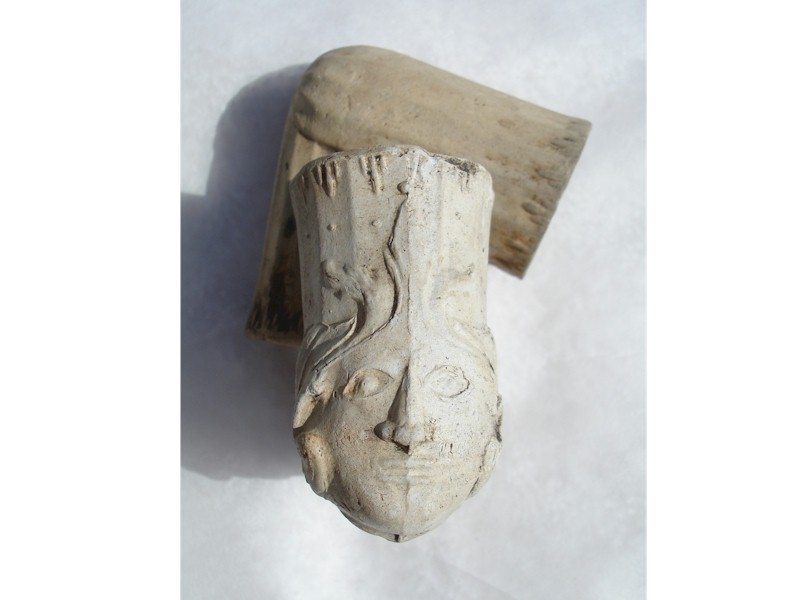
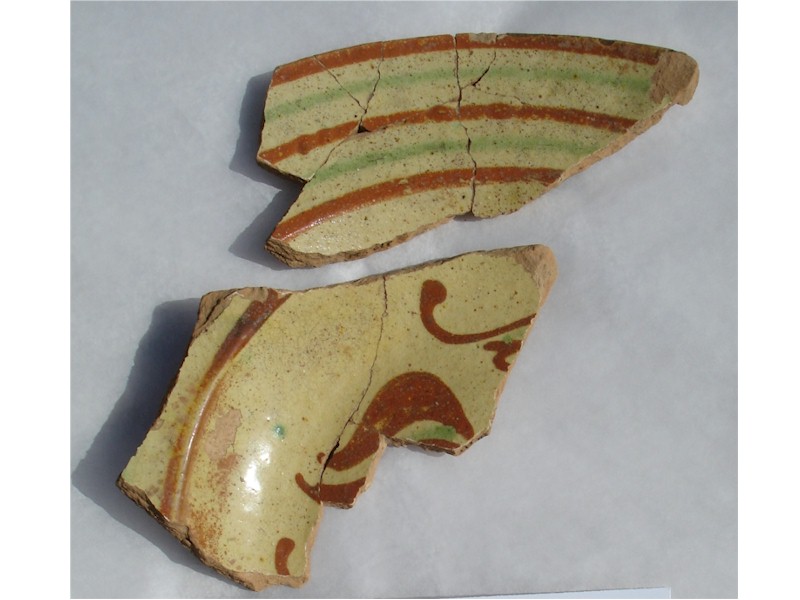
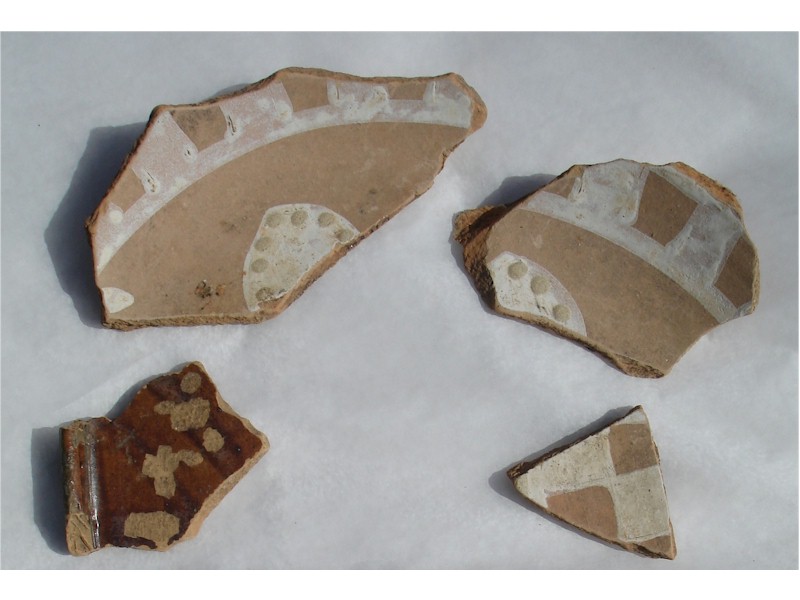
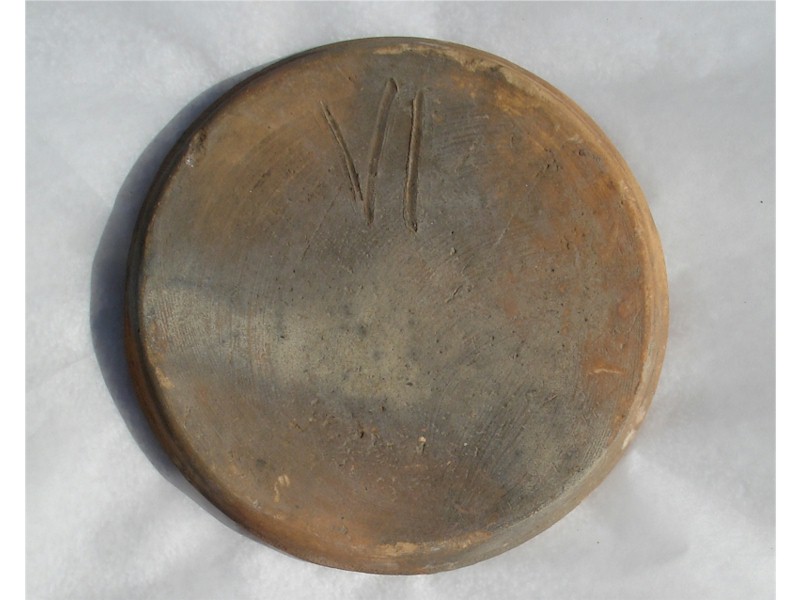
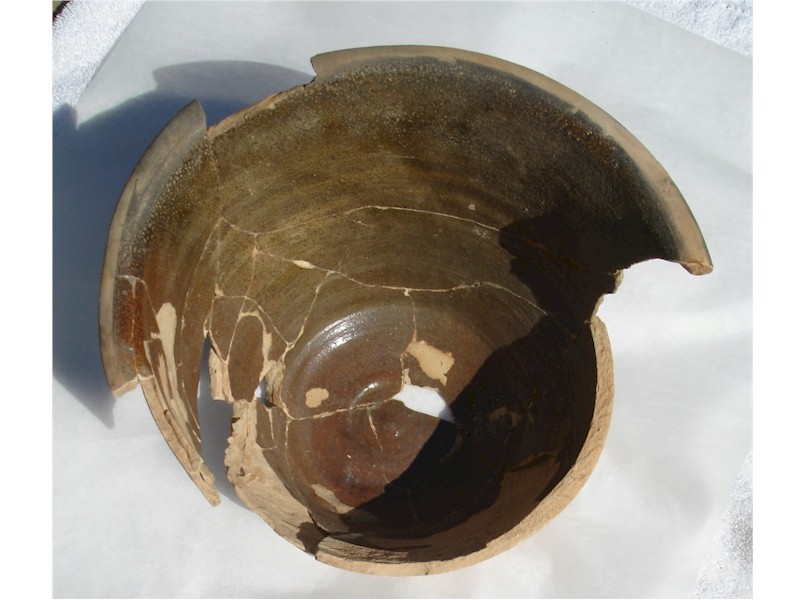
Read the Landmark Designation Report
Read the Landmark Designation Resolution
Read About the Mount Shepherd Potter
Read About the History of the Mount Shepherd Pottery Site
The Mount Shepherd Archaeological Pottery Site, ca. 1775-1800, is located between two streams of the Caraway Creek and the Uwharrie River, situated on a narrow wooded ridge about 3,000 feet southwest of the peak of Mount Shepherd. The excavation of artifacts from the site in 1974 and 1975 represents the most comprehensive documentation of late 18th century earthenware pottery in the Piedmont region of North Carolina. Prior to the Mount Shepherd excavation, only two pottery manufacturing sites had been excavated in North Carolina: the Gottfried Aust site, ca. 1755-1771, and the Krause-Butner site, ca. 1802-1850. The Mount Shepherd site, in operation ca. 1775-1800, thus fills a void in our knowledge of pottery making in 18th century North Carolina.
The ceramics found at the site provide insights into the Mount Shepherd master potter Jacob Meyer's work and provides evidence of his training Gottfried Aust and other Wachovia potters in Salem and Bethabara. Located along the Old Indian Trading Path depicted on the 1770 John Collet map, the site represents a late 18th century industry in the heart of the Piedmont Backcountry. The incredibly well-preserved ruins of the kiln, associated pottery manufacturing features, and products allow a unique opportunity to study the operation of a country earthenware potter, during this early period.
The products from the site suggest the Backcountry was self-sufficient as far as ceramic products were concerned. Extremely versatile, the Mount Shepherd potter made stoves to warm houses, smoking pipes for entertainment, a variety of earthenware vessels for everyday use and decorative slipwares, which rival those of more sophisticated areas, for special use. The stove tiles which carry equestrian figures and soldiers at attention are unique in America. All other known examples include geometric or floral motifs.